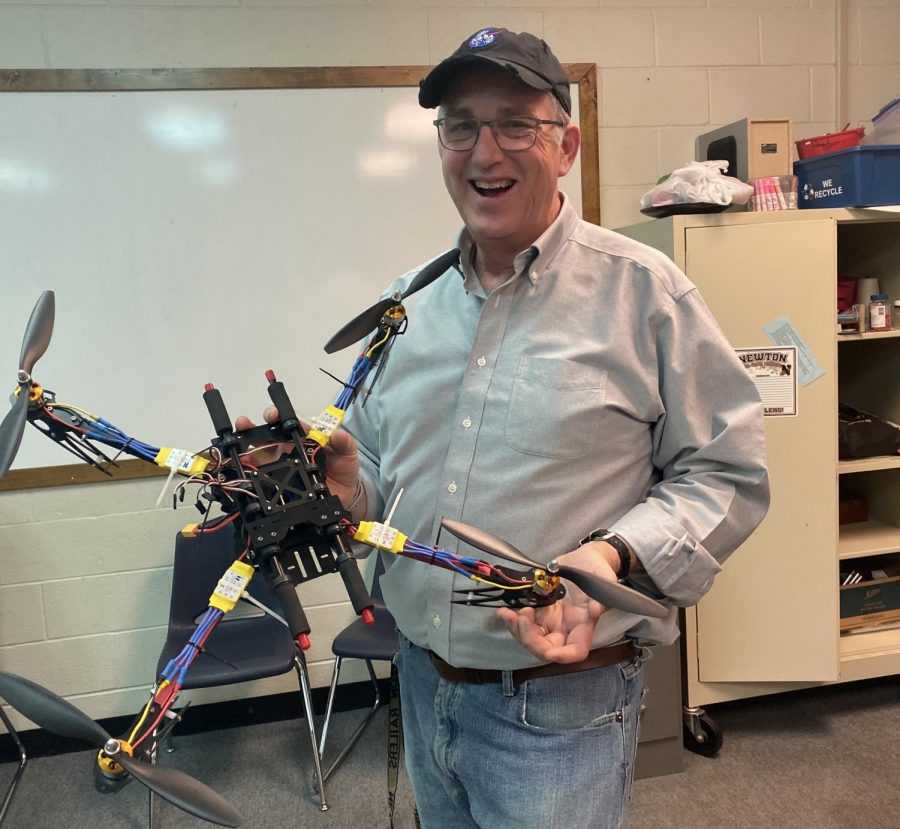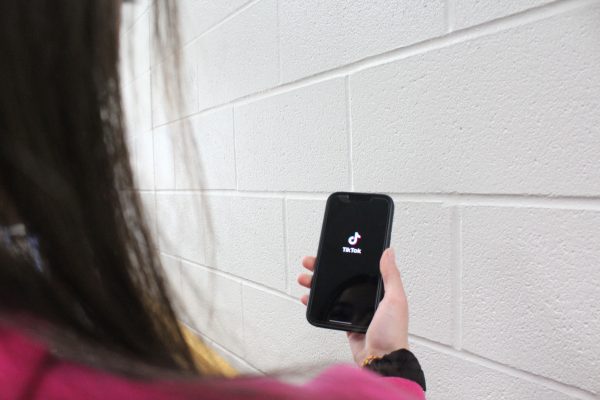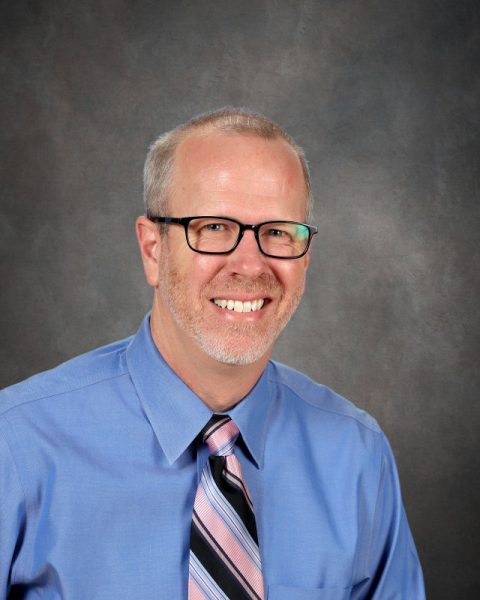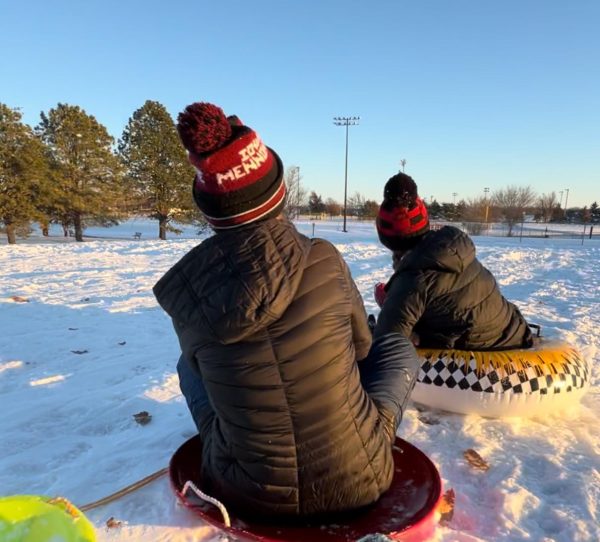Unmanned aerial systems class approved for 2020-21 course catalog
As a result of a proposal from English teacher Scott McCloud earlier this semester, the school will be introducing an unmanned aerial systems (UAS) class involving drones as early as the 2020-21 school year. The course was approved at the Dec. 9 Board of Education (BOE) meeting along with four other classes.
However, the journey to approval was not as easy as it may seem. The course was initially estimated to cost $17,000, an amount that was unappealing to board members. Director of career and technical education Blake Smith said that after reworking numbers, the course was approximated to cost $3,000.
“The thought was, ‘If we can find a way to fund it, then that’s reasonable’. We have a few options on how to fund it and so we got it before the board two weeks ago,” Smith said. “They love the idea. We went back on Monday night and they approved it.”
Whereas the course was initially proposed as an addition to the Ag Academy program, it will not be part of any Career Technical Education (CTE) pathway as it can not be done with Perkins funding, the capital currently used to finance CTE courses.
“We couldn’t get funding from the state to make it happen, so that’s the distinction [between a CTE course and a regular class],” Smith said. “I still consider it a career and tech ed class because there’s so many applications to careers.”
Contrary to popular belief, the course is not specifically a ‘drone’ class, but rather an unmanned aerial system class.
“You have been able to control the bird [drone], you have to be able to program the bird, you have to do all the safety regulations and you have to follow all the FAA (Federal Aviation Administration) regulations, which are many,” McCloud said. “So there’s a lot of rules around sending a bird up in the air and so that’s why it’s an unmanned aerial systems class, not just a drone class. That’s a pretty important distinction\; it’s the entire system.”
As he is the only teacher with a Remote Pilot and Command License, McCloud is currently expected to lead the course. With his proposal to the board, McCloud had to present his plan for curriculum. The course description includes: principles of flight in fixed-wing and multi-rotor unmanned aerial systems to gain experience in flying commercial unmanned aerial vehicles for infrastructure inspection, construction services, civil engineering, aerospace integration, and video production.
In teaching the course, McCloud will have to adjust his schedule to allow time for both his English classes and the drone course. The drone classes he teaches will depend on enrollment numbers as each class will be limited to 16 students.
“They would pay me to teach a 6th hour. There’s a lot of teachers that teach an overload, so I would just give up a plan period,” McCloud said. “I would continue to teach my English classes. Where it would get funky is if so many students enroll in the class that we need to teach two of them.”
Smith said that the goal for students taking the course is to acquire their Remote Pilot and Command License. Students must be 16 years old to take the test.
“It sets them up to go to a two-year degree at K-State Polytechnic in Salina or a four-year degree. This curriculum would match right up into those two courses,” McCloud said. “Other than that, they can apply for jobs as pilots wherever they want to fly. Currently, there is an open position with the Kansas Highway Patrol.”
According to AUVSI’s “The Economic Impact of Unmanned Aircraft Systems Integration in the United States report”, more than 70,000 jobs will be created in the United States within the first three years of integration with an economic impact of more than $13.6 billion. This benefit will grow through 2025 with a foreseeable 100,000 jobs created and economic impact of $82 billion. Smith said he is excited for students and all the possibilities the class will provide.
“We’re just excited about the possibilities and we’d love to see this grow. We kind of feel like there’s a lot of student interest. I mean drones aren’t going anywhere. They’re getting more entrenched in our lives,” Smith said. “We feel like if we’re kind of on the ground floor of this, it’s going to help students in the future.”

Addie is a senior and a third year Newtonian staff member serving as Editor-in-Chief. Her future goals include pursuing a career in sports medicine or...














